Automated Hospital Beds Size
Automated hospital beds Market Growth Projections and Opportunities
Understanding Automated Hospital Beds:
Types of Treatment:
There are different types of treatment these beds cater to: critical care, acute care, and long-term care. Critical care took the lead in 2016, making up 39% of the market for automated hospital beds. It's expected to reach USD 1,008.2 million by 2023, growing at a rate of 6.27% each year from 2017 to 2023. Usage:
Automated hospital beds serve various purposes: general use, intensive care, delivery/birthing, pediatric, bariatric, pressure relief, psychiatric care, and more. In 2016, general-purpose beds held the largest market share at 31%. They're expected to reach USD 756.3 million by 2023, growing at a rate of 5.27% each year from 2017 to 2023. End Users:
These beds are used in different settings, such as hospitals & clinics, reproductive care centers, dentistry, home care, and others. Hospitals & Clinics dominated the market in 2016, making up 39%. The global automated hospital beds market for hospitals & clinics is expected to reach USD 1,028.1 million by 2023, growing at a rate of 6.23% each year from 2017 to 2023. Regions:
The market is spread across different regions: Europe, North America, Asia Pacific, and the Middle East & Africa. Europe held the largest market share in 2016 at 36%, driven by a significant patient population, technological advancements, and substantial healthcare expenditure. Europe's automated hospital beds market is expected to grow from USD 572.7 million in 2016 to USD 893.8 million by 2023, at a growth rate of 5.6% during the forecast period. North America and Asia Pacific follow, with Asia Pacific being the fastest-growing region due to the rise in multi-speciality hospitals and a growing demand for automated hospital beds. On the other hand, the Middle East & Africa had the smallest share in the automated hospital beds market in 2016. This all points to a global increase in the use and demand for automated hospital beds, particularly in different healthcare settings and regions.


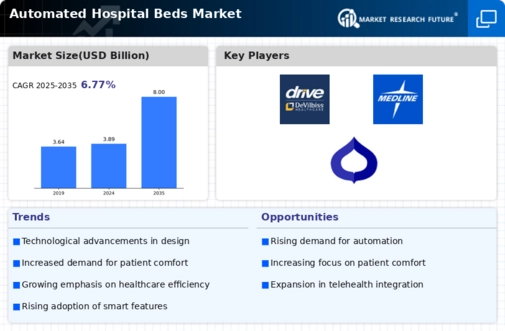
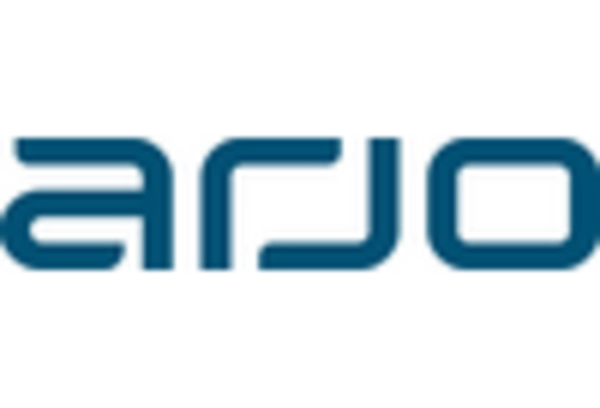
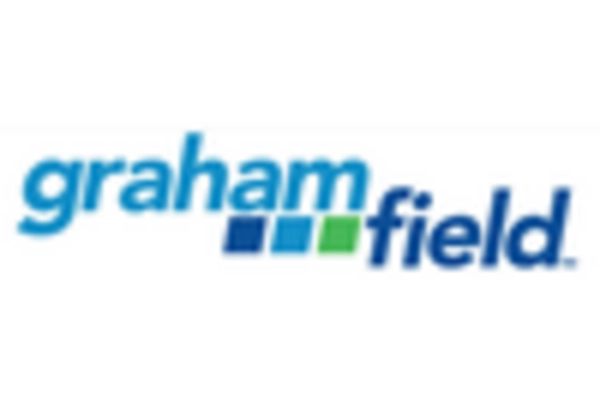

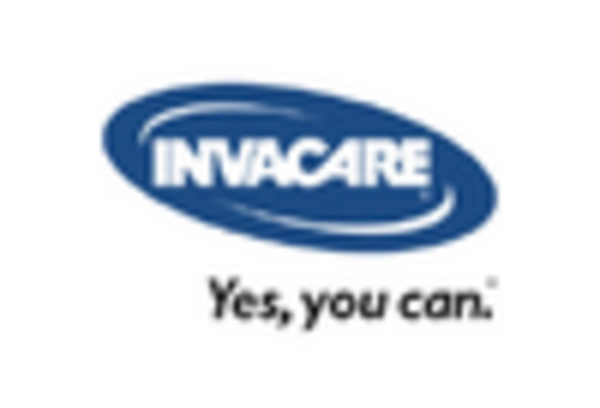
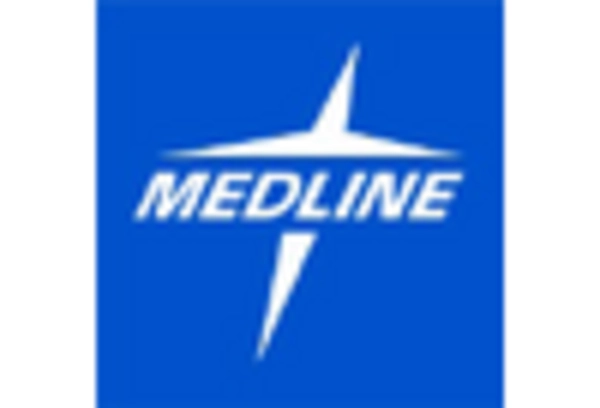










Leave a Comment